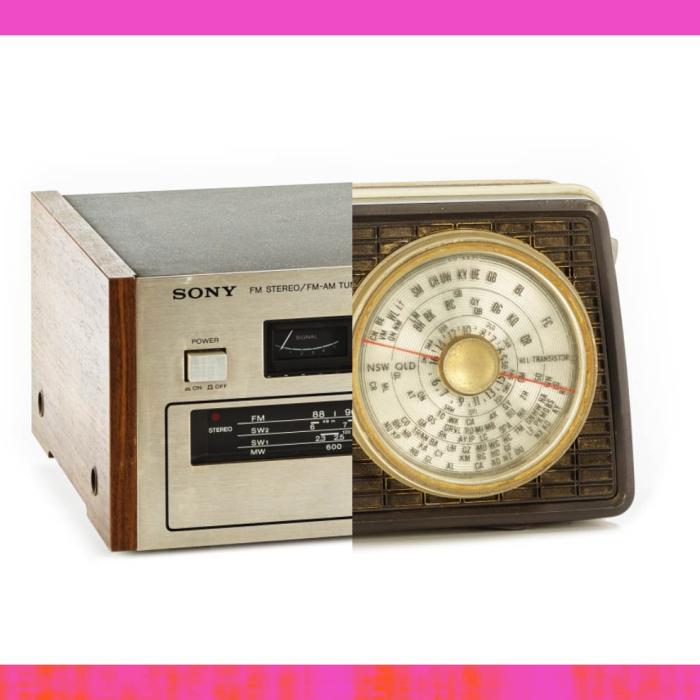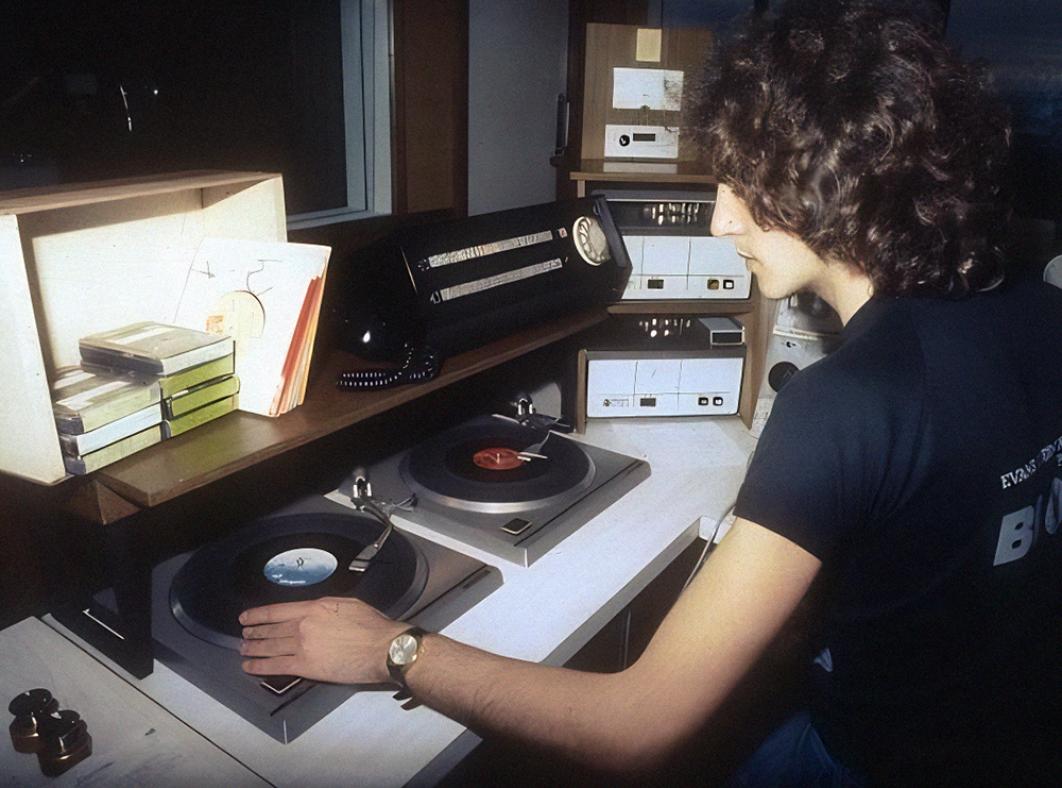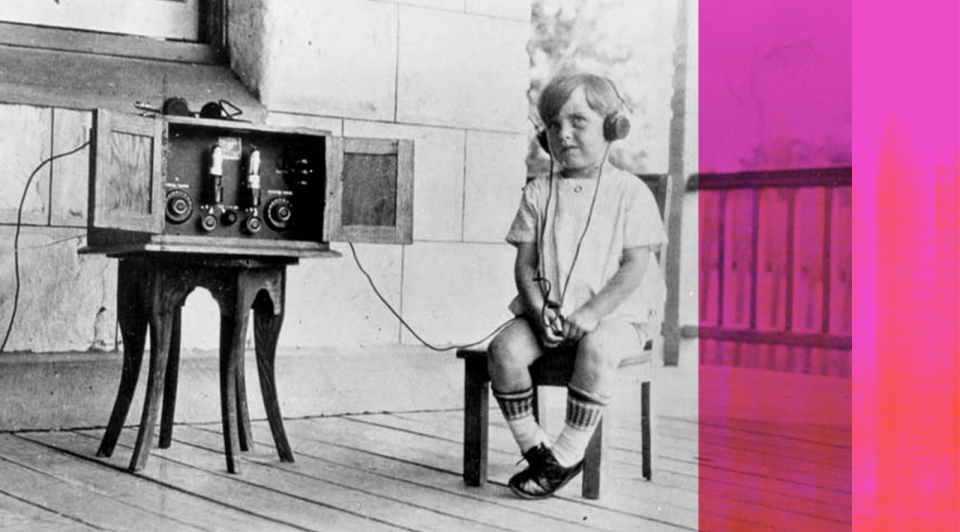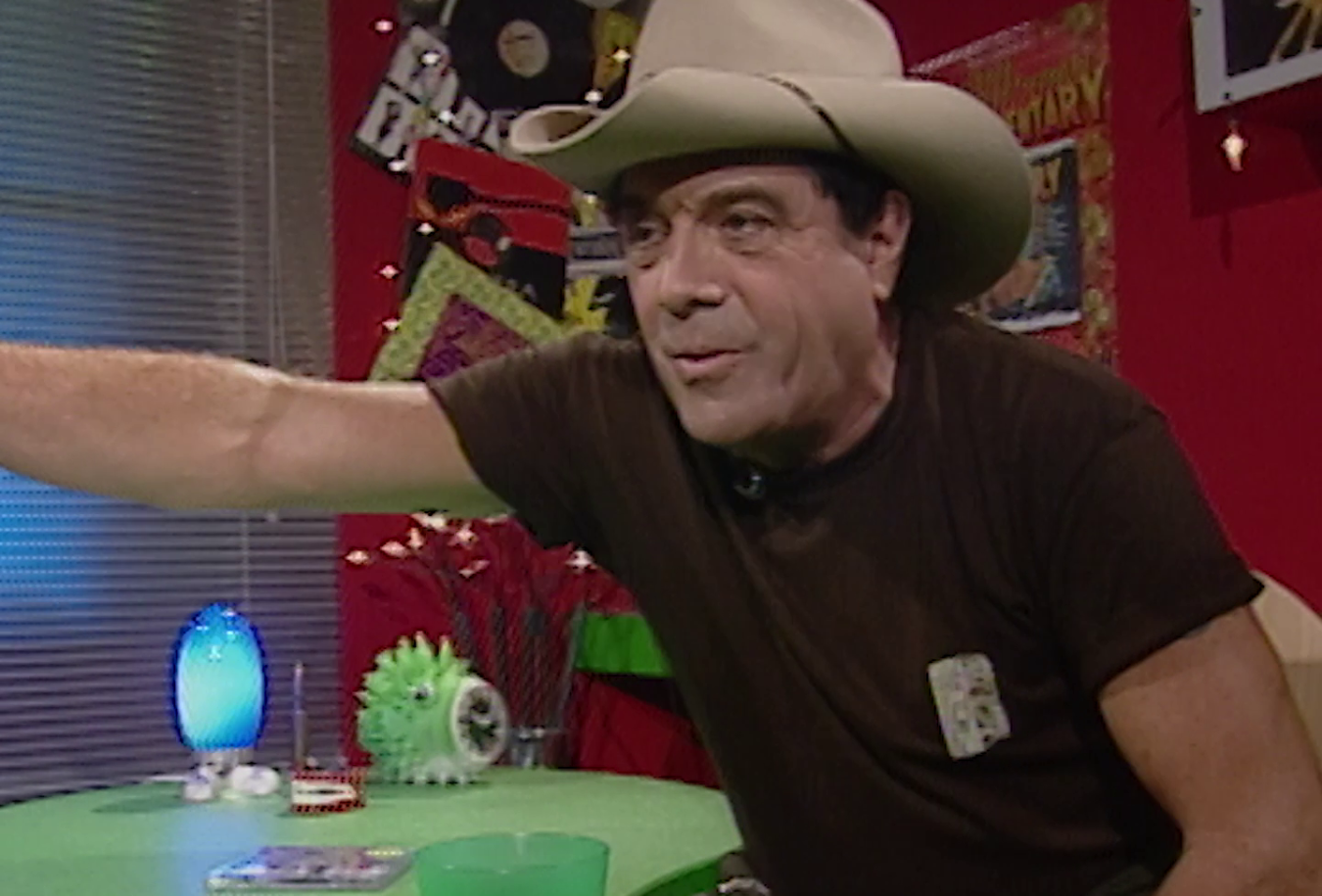
Dive into all five chapters of Radio 100
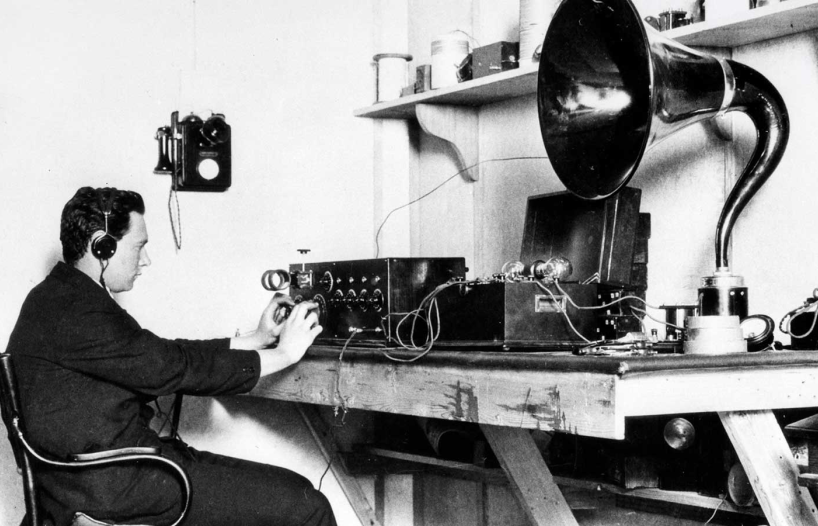
New Waves: 1923 to 1935
Radio revolutionised Australia, signalling the dawn of modern communications, entertainment, advertising, entrepreneurship and celebrity.
But few early broadcasts survive. Radio’s origin story is one of fragments, residing in its technologies, innovations, ephemera and uncanny possibilities.
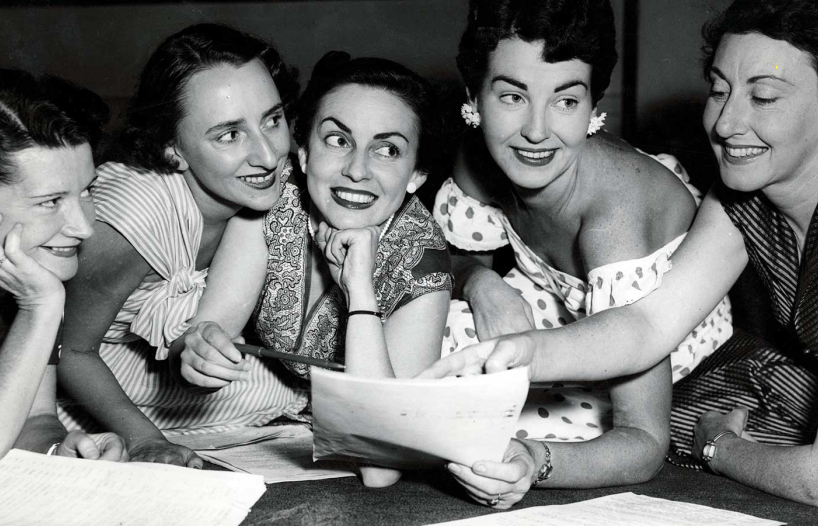
Golden Days: 1920s to 1960s
In Golden Days, radio becomes a vital part of the family home and a reliable round-the-clock source of news, sport and entertainment.
Pioneering women make their voices heard through radio dramas. Television forces change, as radio becomes portable. And, by the '60s, pop stars have well and truly arrived.
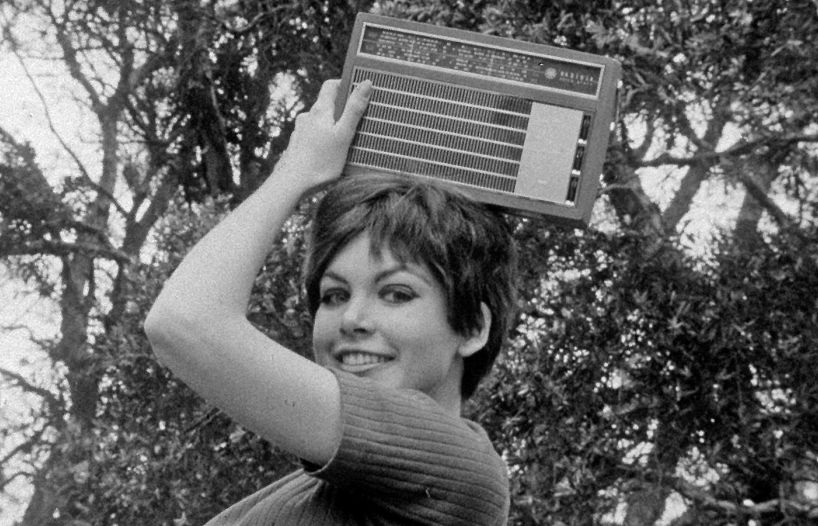
Youthquake: 1950s to 1980s
The Beatles' 1964 tour of Australia marked a watershed moment in Australian media, ushering in a seismic cultural shift that forever altered the radio landscape.
The Take 40 Australia countdown becomes a rite of passage. And once music fits in our pockets, we keep it there – forever.
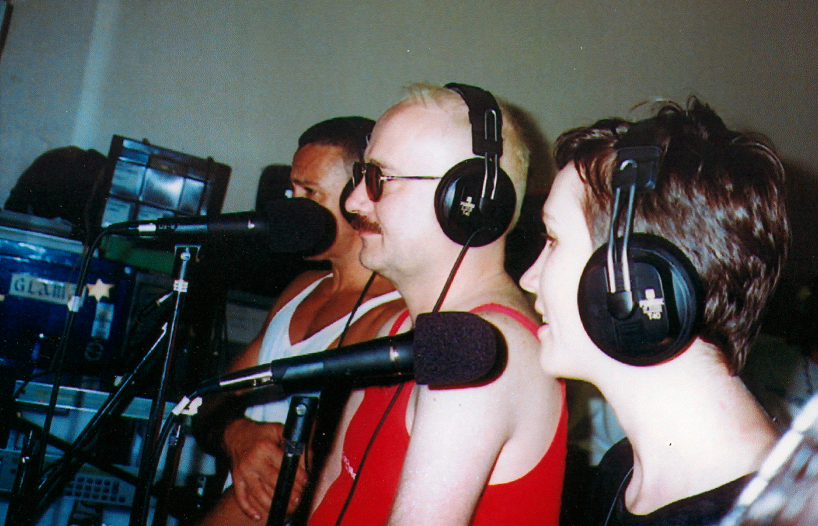
All the Voices: 1970s to now
Underrepresented voices are finally given a platform on the airwaves and create connection and community with every radio broadcast.
SBS Audio, 2SER's Gaywayves and the First Nations program Radio Redfern break new ground in the 1970s and '80s. And youth stations Double J and FBi Radio unearth new talent. Audiences suddenly have so much choice – and this is only the beginning.

Let's Get Digital: 1990s to now
Radio has survived television, the internet and podcasting, especially in Australia where the local industry is still iconic.
Radio adapts, switching from a live experience to one you can access anywhere, anytime – all thanks to the internet, smartphone apps and the new audio kid on the block: podcasting.
There’s something about audio
A new podcast about technology and culture
From the first radio broadcast, to the birth of the teenager, to the invention of the podcast, Who Listens to the Radio? dives into the rich audio culture that shaped our nation.
We ask all of the important questions like: did video kill the radio star? Can you speak with the dead through radio waves? And of course, who actually listens to the radio?
Binge all six episodes of Who Listens to the Radio? here – or wherever you get your podcasts.
Radios through the ages
These days radio travels with us – in cars, on our mobile, through headphones – but this wasn’t always the case. See if you recognise any of the radio equipment below from the NFSA’s collection, and discover the cutting-edge technology of the time.
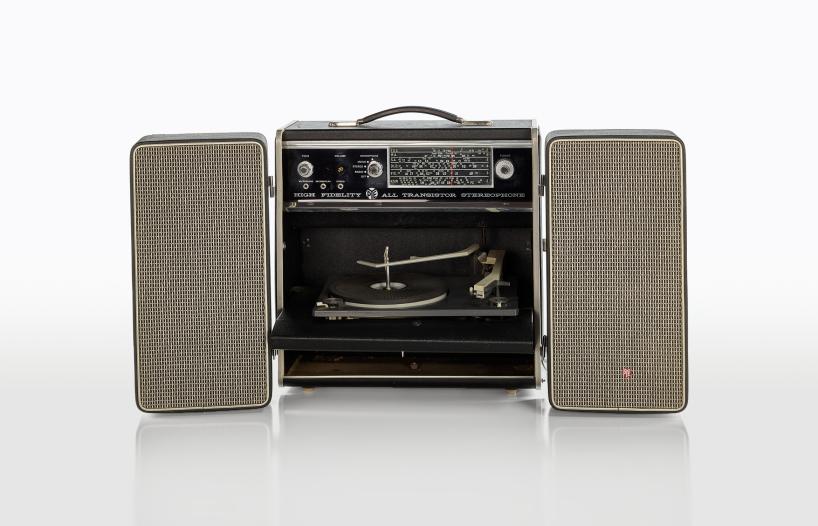
The explosion of pop and rock music that began in the 1950s led to a tech revolution in sound equipment, like this take-anywhere transistor stereophone that combined a turntable and radio in one. Discover this and more in Chapter 3 – Youthquake: 1950s to 1980s.
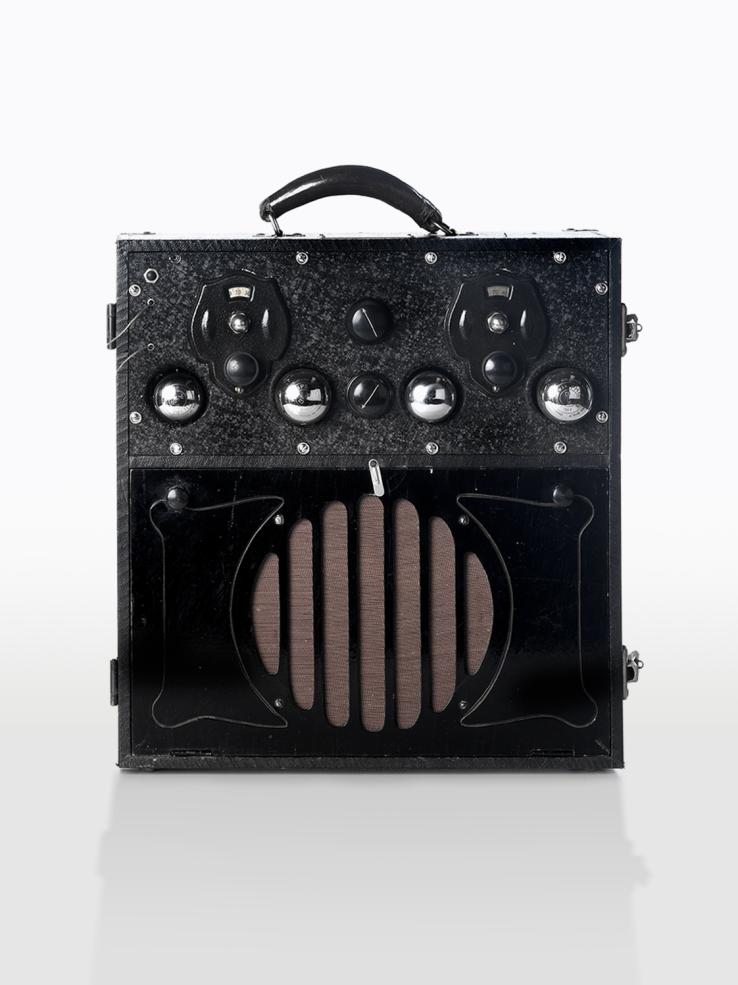
With an inbuilt speaker and a black leatherette carrying case, this Airzone model was ahead of its time. In Chapter 1 – New Waves: 1923 to 1935, you can discover more of the tech dating right back to the birth of radio in Australia.
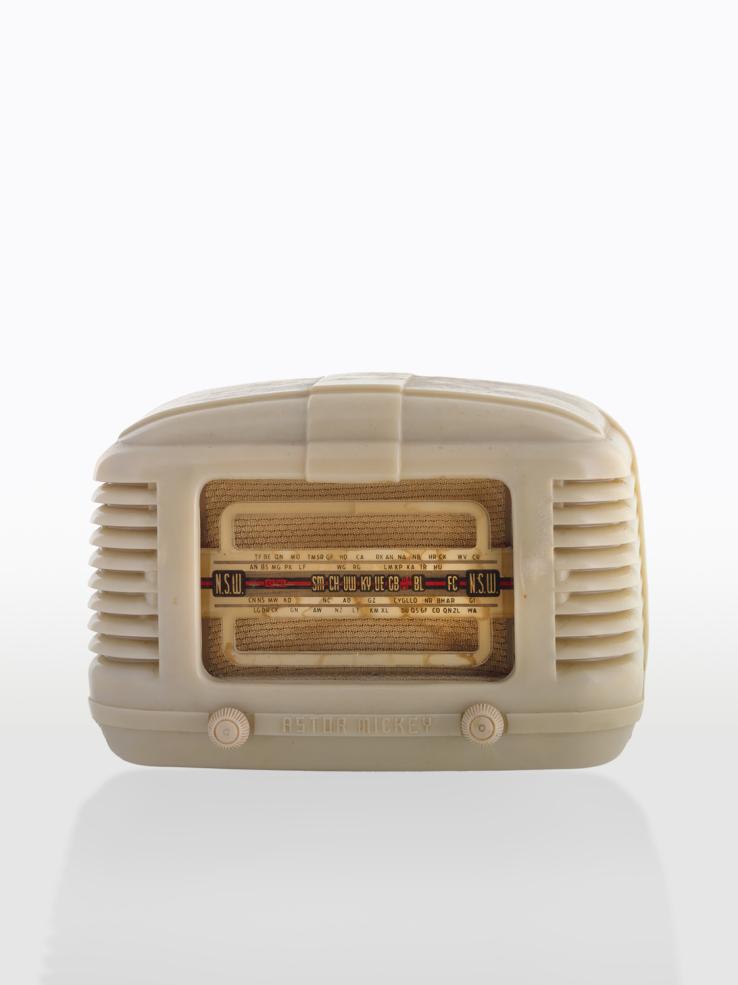
It was during the 'Golden Days' that radios began to shrink from bulky pieces of furniture to portable transistors. You can see more like the 'Mickey Mantle', pictured here, in Chapter 2 – Golden Days: 1920s to 1960s.
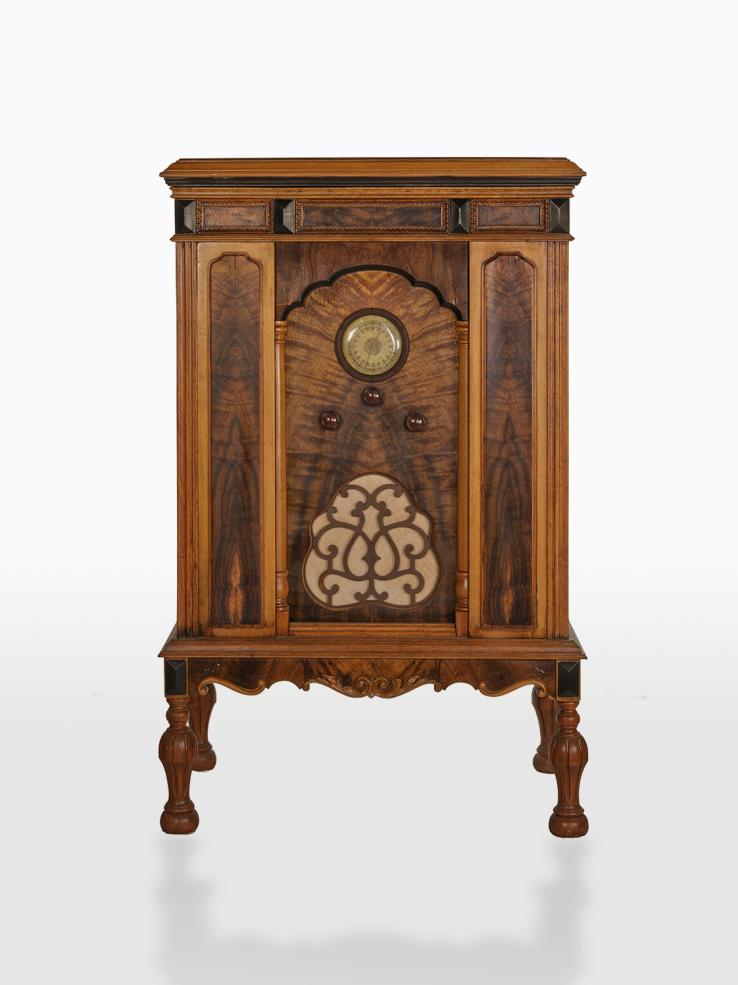
Pictured here is the 'aristocrat of radios', the oldest radiogram held in the NFSA collection, combining both a radio and a gramophone in one console. Find out more in Chapter 1 – New Waves: 1923 to 1935.

Read about this portable JVC unit in Chapter 4 – All the Voices: 1970s to now, where we see the rise of community radio and the increasing demand for on-the-go music, news and information.
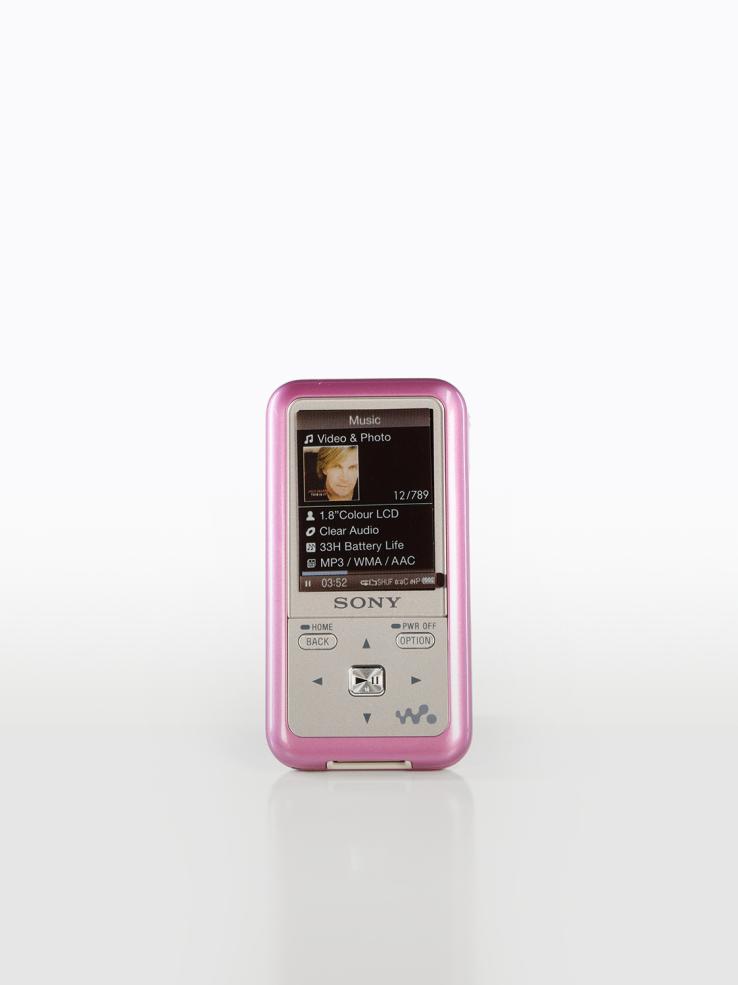
This 2007 iteration of the iconic Sony Walkman series was just one of the tech items featured in Radio 100 Chapter 5 – Let's Get Digital: 1990s to now.
What does radio mean to you?
Throughout our Radio 100 celebrations, we asked radio and music industry insiders, broadcasters and radio fans from all across Australia to look back at how radio has impacted their lives.
We asked them 'What does radio mean to you?'
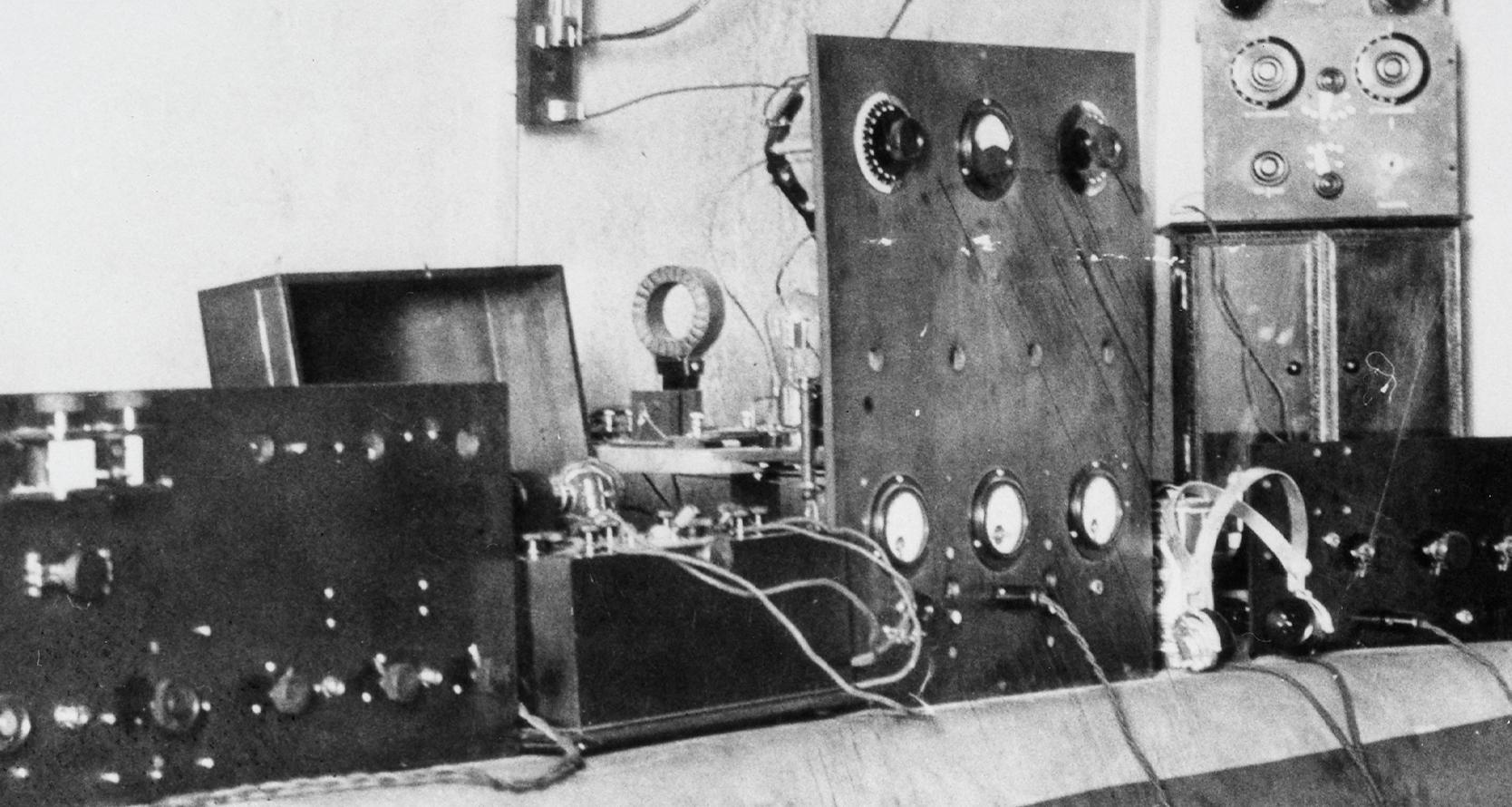
'I often think about a story from the SBS Greek team. At a street festival one day a listener was chatting to the presenting team before a live broadcast. She said she had to leave to go home to listen to the show. She knew she could stay and see it live, but 4pm to her meant sitting on her sofa with a tea and the radio on. Audio is enmeshed in our lives. Radio and podcasts fit into our routines, but there’s also something incredibly special about the connection they can create.'Caroline Gates SBS Manager of Podcasts and Digital Audio
'As a teenager, I fell for radio, staying up late to tune into triple j. Over the years, hosting ABC radio has made me feel like Australia is a rich tapestry woven with incredible conversations, characters and stories that we're all fortunate enough to immerse ourselves in. Live broadcasts can hold you in the moment. Radio has bound us together in times of emergency. Crafting audio documentaries across the globe has revealed to me the profound, understated power of a microphone to capture people at their most honest. If you want to witness someone's humanity? Listen to them.'Marc Fennell Journalist, radio and television personality
'To me, radio, podcasts and audio culture in Australia means so much: it’s the thing you put in your ears to tune out the world or feel more connected to it. It’s road trips flicking through stations to find the right song or the local weather report. It’s listening to my footy team winning a match as a kid. It’s a podcast shared best with friends or that makes you feel like the hosts are your best friends. It’s a shower while listening to the morning news. It’s my first boombox, Walkman, iPod and phone. It’s pressing play and record at the same time to tape a song during the top 40 countdown in the 90s. It’s music and joy and my career. It’s stories through sound; in episodes, instances, songs or industry. It’s community, education and entertainment. It’s the past, present and future.'Stephanie Van Schilt Producer at LISTNR
'I really came of age when the intimate relationships audiences had with radio evolved to become even more direct through podcasting. The evolution from broadcasting to narrowcasting, it became about finding the specific things you cared about and allowing the like-minded people that share that passion to live in your ears.'Alexei Toliopoulos Film critic, host of Finding Drago podcast
'Training as a journalist, I thought I’d write features or perhaps do TV. But I found radio, and it’s become my enduring career love affair. For me, radio is the adrenaline thrill of being live with an open mic; its greatest joy is the one-to-one connection you make with each listener, and the theatre of-the-mind you create together. There’s nothing else like radio.'Andrea Ho AFTRS Head of Radio and Podcasting
'As a volunteer at SYN 90.7 at RMIT, I was lucky enough to get to host my own show. I called it folk ODYSSEY (dramatic, Michelle), and it ran on Sundays at 2pm. It was one of the first projects I worked on where it was just me. If I wasn't ready at 2pm on Sunday, there would be dead air. It was a powerful feeling, getting to talk to people and share something I was passionate about. It ended up being a fortuitous experience, as years later I became a podcast producer and have worked on over 4,000 hours of podcasting on more than 10 shows. My love affair with audio continues today, but it started back in that underground studio on Sunday afternoons, talking at the wall about 60-year-old folk tunes.'Michelle Melky Producer at Amplify
Our collection is your collection! Sign up for our enewsletter and get stories delivered straight to your inbox.
Subscribe to our newsletter to receive the latest news from Australia’s living archive.
The National Film and Sound Archive of Australia acknowledges Australia’s Aboriginal and Torres Strait Islander peoples as the Traditional Custodians of the land on which we work and live and gives respect to their Elders both past and present.
